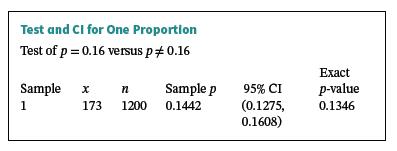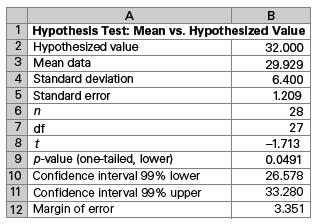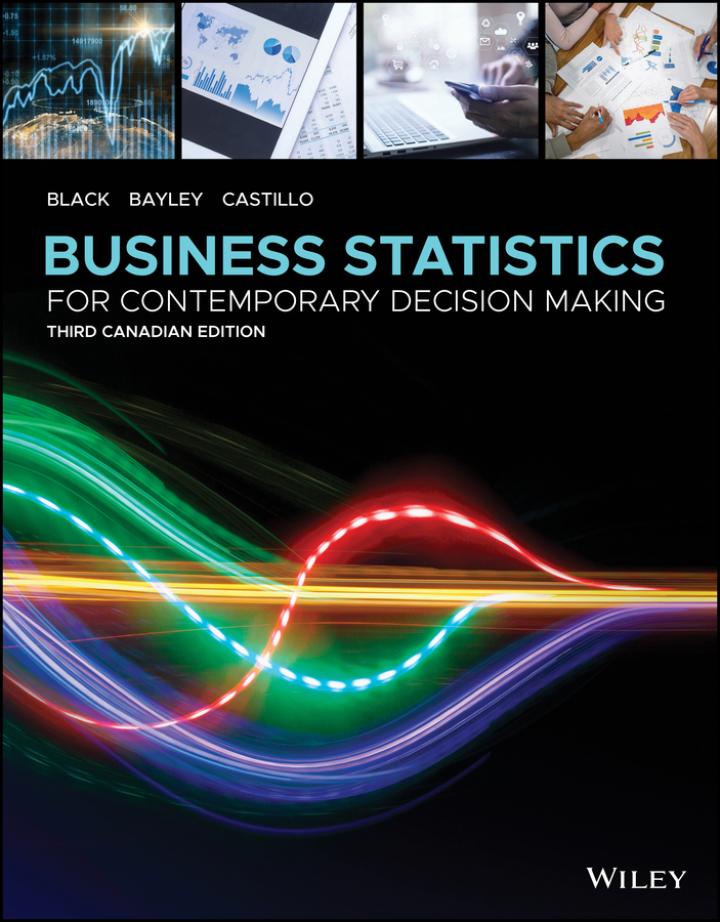A&W is one of the most recognizable and popular brand names. The company opened its first drive-in
Question:
A&W is one of the most recognizable and popular brand names. The company opened its first drive-in restaurant in Canada in Winnipeg in 1956 and now has over 950 locations from Vancouver Island to Newfoundland. Over the years the format of the restaurants has changed, from drive-ins, where wait staff brought meals out to customers, who ate in their cars, to free-standing restaurants with drive-through lines. A&W still serves its family of burgers (Mama, Papa, Teen) and root beer in frosted mugs, but the beef in the burgers is now hormone and steroid free, and in July 2018, the company began serving Beyond Meat burgers, made with plant-based protein—specifically split peas. Beyond Meat, a company based in California, says that 90% of its customers are not vegetarian, a fact echoed by one of its main competitors, Impossible Foods, which says “over 95% of people who order their burger regularly consume animal products (i.e., aren’t vegan), and that most are not strictly vegetarian either.” A recent survey done by Dalhousie University in Halifax showed that there are 2.3-million vegetarians in Canada and 850,000 vegans— in total, 9.4% of the population. The study also revealed that people in British Columbia and Ontario were more likely to be vegetarian or vegan than people in other parts of the country. In fact, 16% of all vegetarians in the country lived in British Columbia. Other statistics from the study: women were 0.6 times more likely to consider themselves vegetarian or vegan than men; Canadians with a university degree were three times more likely to consider themselves vegetarians or vegans than those with a high school diploma; and city dwellers were three times more likely to commit to veganism than those in small towns. Perhaps the most significant figure is that the majority of Canadian vegetarians and vegans are under the age of 35. According to an article on the Corporate Knights website, “Mintel found that 80% [of millennials who are born between 1981 and 1996] eat meat alternatives compared to roughly half of non-millennials.” A&W may have tapped into this shift. When the Beyond Meat burger appeared on the menu, millennials, who have tended not to eat at fast food restaurants, were coming to A&W in droves. The chain sold more than 90,000 split pea–based patties in the first three days they were on sale, and many locations sold out of the new burger within weeks. In some places, the Beyond Meat burger sold more than the traditional beef burgers. A&W CEO Susan Senecal says sales have remained “steady from the get go” and that this is now one of A&W’s “top-selling burgers.”
Discussion1. In the research on vegetarianism and veganism, many different numerical questions were raised about who has taken up this diet. In this research, statistics—in particular hypothesis testing— plays a central role. Using the case information and the concepts of hypothesis testing, discuss the following:a. The case information stated that 80% of millennials eat meat alternatives. How would you test the appropriateness and validity of that percentage? In a test where 800 millennials are randomly selected across Canada, 615 state that they purchase non-meat products. Test the claim made in the case regarding millennials and veganism/vegetarianism. Use a significance level of 5% to help you reach a suitable statistical decision. What would be the probability of discrediting the claimed percentage (of 80%) if in fact it were true?b. Historically, it has been verified that consumers in the age range of 25 to 35 have increased their consumption of nonmeat burgers. This percentage has risen from a historical 50%. Due to these changes, it is believed that more people in this age range are now eating non-meat burgers. From a random sample of 500 participants in this age range, 375 ate nonmeat burgers. Does this result provide sufficient evidence to conclude that a higher proportion of millennials are eating more non-meat burgers than before?c. Analysts found that 16% of Canadian vegetarians lived in British Columbia. Suppose you are an analyst for A&W and would like to test whether this figure is representative of the target market. A random sample of 1,200 millennials is selected. The results of the hypothesis-testing procedure are shown below. Analyze the results, and discuss and explain their content, as well as any subsequent implications this sample study might have for sales of the Beyond Meat burger. To perform this analysis, use a significance level of 5%. 2. The statistical mean can be used to measure various aspects of the millennial market, including amount spent and age of consumers. Use techniques presented in this chapter to analyze each of the following and discuss the results in the context of the case information.a. What is the average age of the typical millennial consumer of the Beyond Meat burger? Suppose that initial beliefs indicate that the mean age is less than 32. Is this figure really correct? To test whether it is, an A&W analyst has randomly gathered 28 millennial consumers of Beyond Meat burgers, with results shown in the following output. Discuss the output in terms of a hypothesis test to determine whether theme an age is actually 32. Let α be 0.01. Assume that the distribution of the ages of all millennial consumers is mapped as a normal distribution.
2. The statistical mean can be used to measure various aspects of the millennial market, including amount spent and age of consumers. Use techniques presented in this chapter to analyze each of the following and discuss the results in the context of the case information.a. What is the average age of the typical millennial consumer of the Beyond Meat burger? Suppose that initial beliefs indicate that the mean age is less than 32. Is this figure really correct? To test whether it is, an A&W analyst has randomly gathered 28 millennial consumers of Beyond Meat burgers, with results shown in the following output. Discuss the output in terms of a hypothesis test to determine whether theme an age is actually 32. Let α be 0.01. Assume that the distribution of the ages of all millennial consumers is mapped as a normal distribution.
b. What is the average number of Beyond Meat burgers millennials purchase each year? Suppose it is hypothesized that the figure is 65 burgers per year. An analyst who is knowledgeable about the millennial market claims that this figure is excessive and is prepared to prove it. He randomly selects 30 participants and asks on average how many burgers they purchase a year. The following figures are obtained. Analyze the data using techniques from this chapter and an α of 0.05. Assume that the number of burgers per end user is a normally distributed variable in the population.
Step by Step Answer:

Business Statistics For Contemporary Decision Making
ISBN: 9781119577621
3rd Canadian Edition
Authors: Ken Black, Ignacio Castillo





